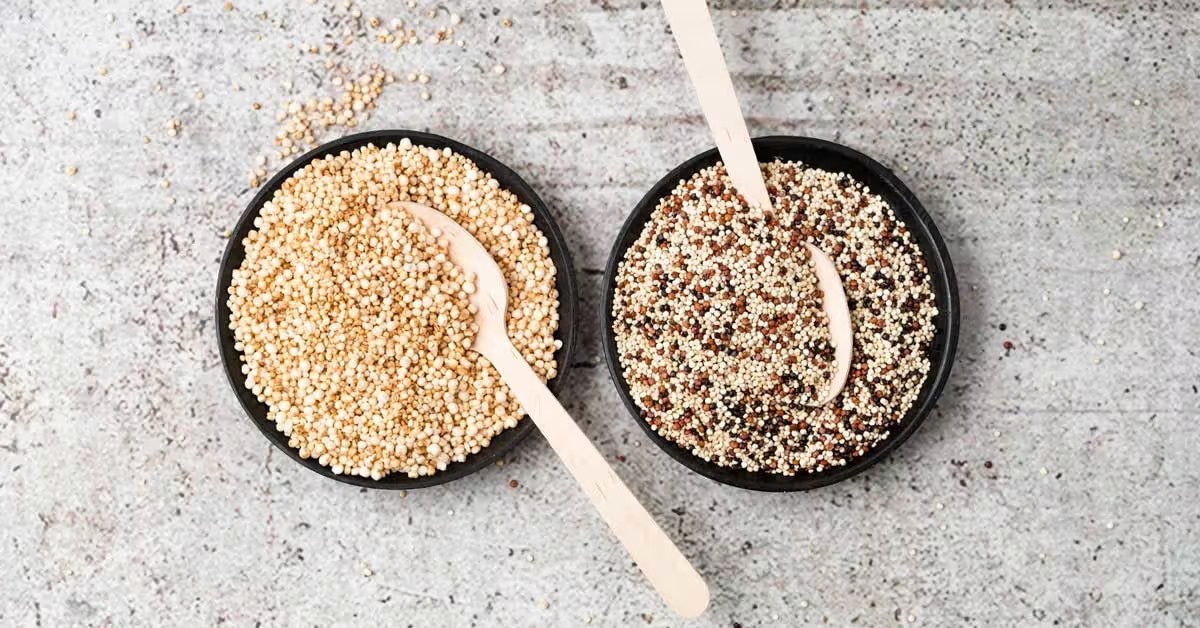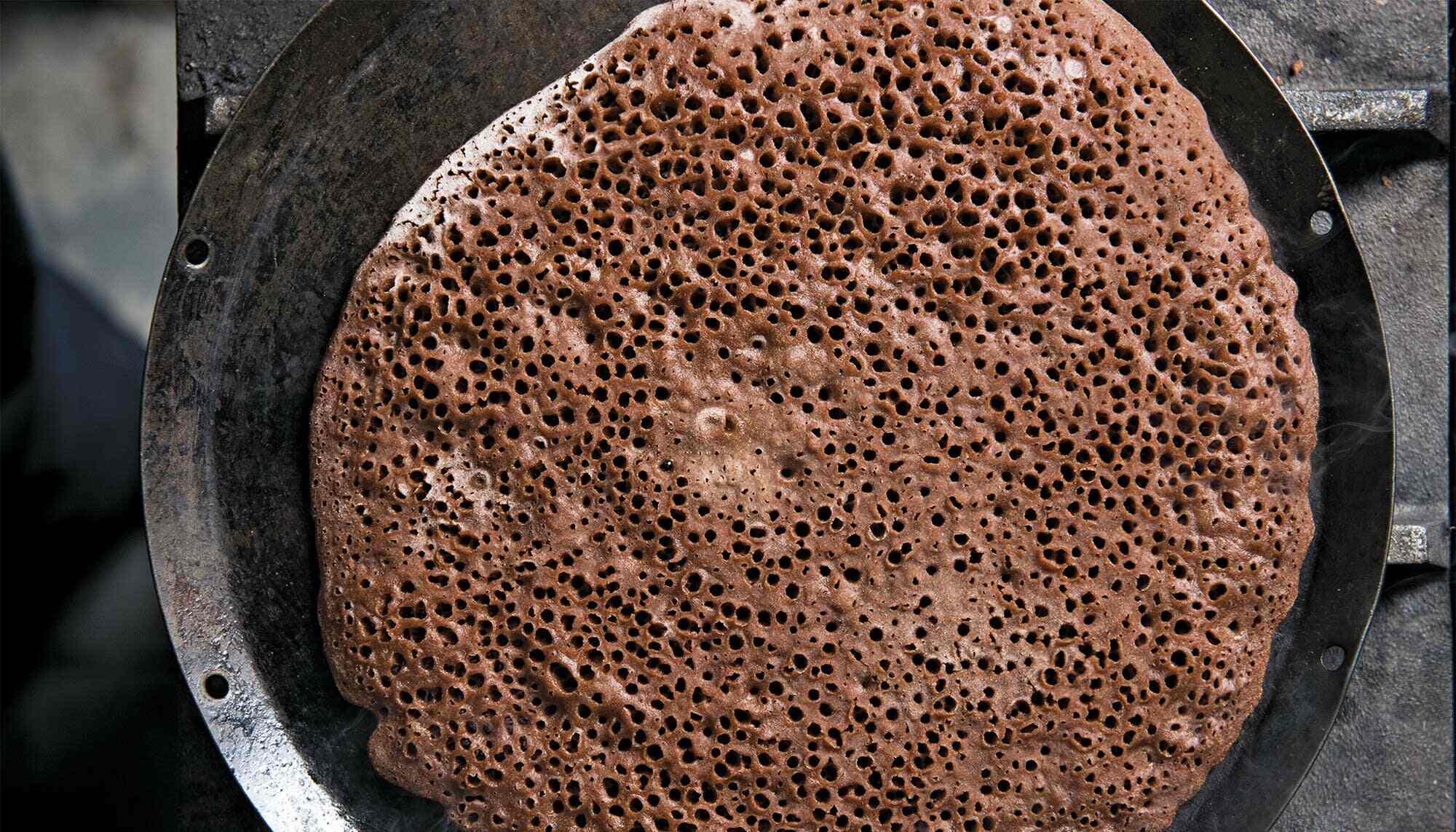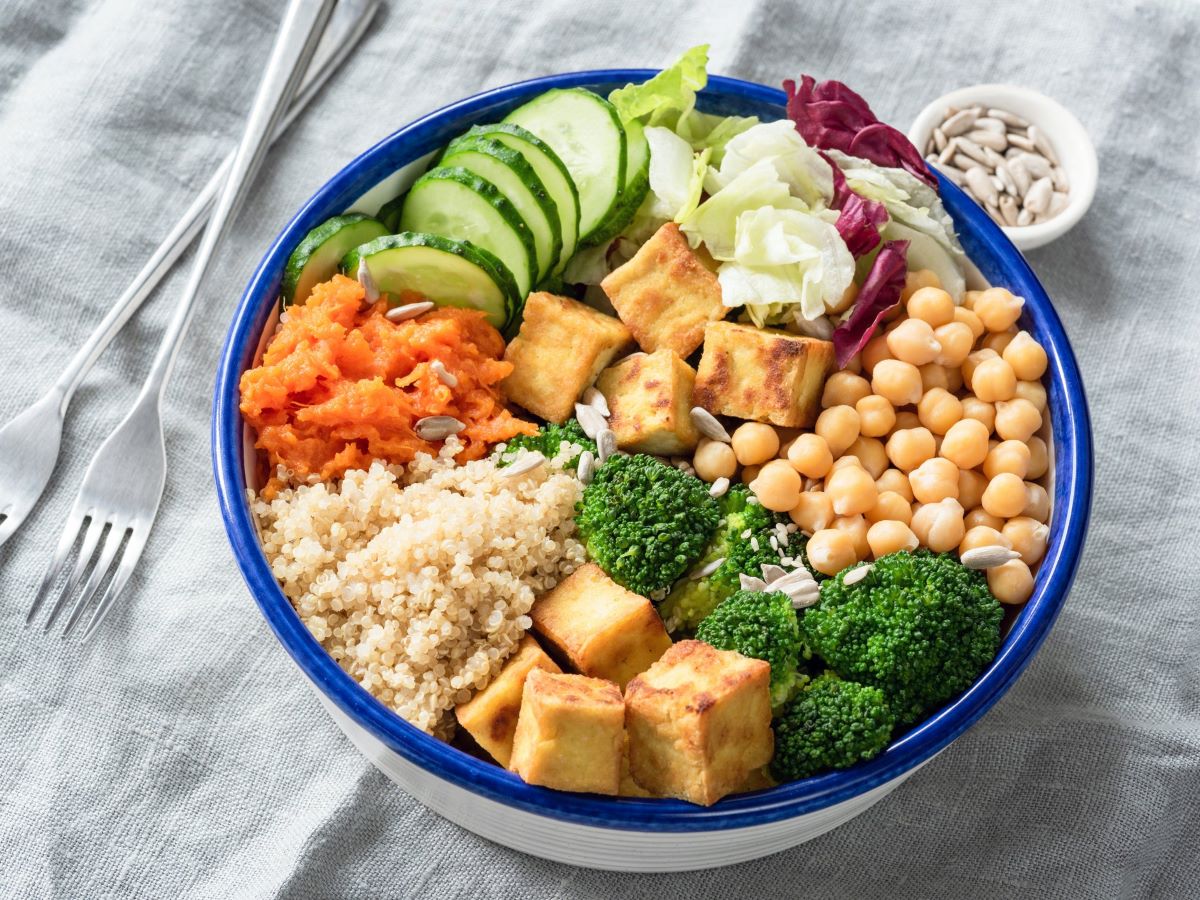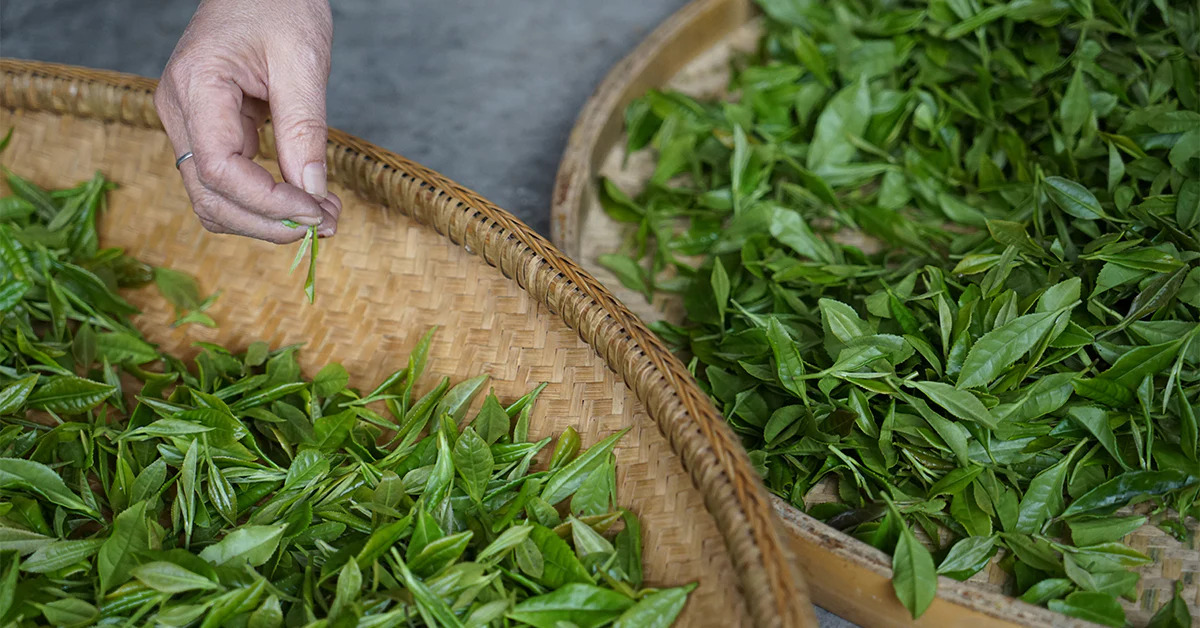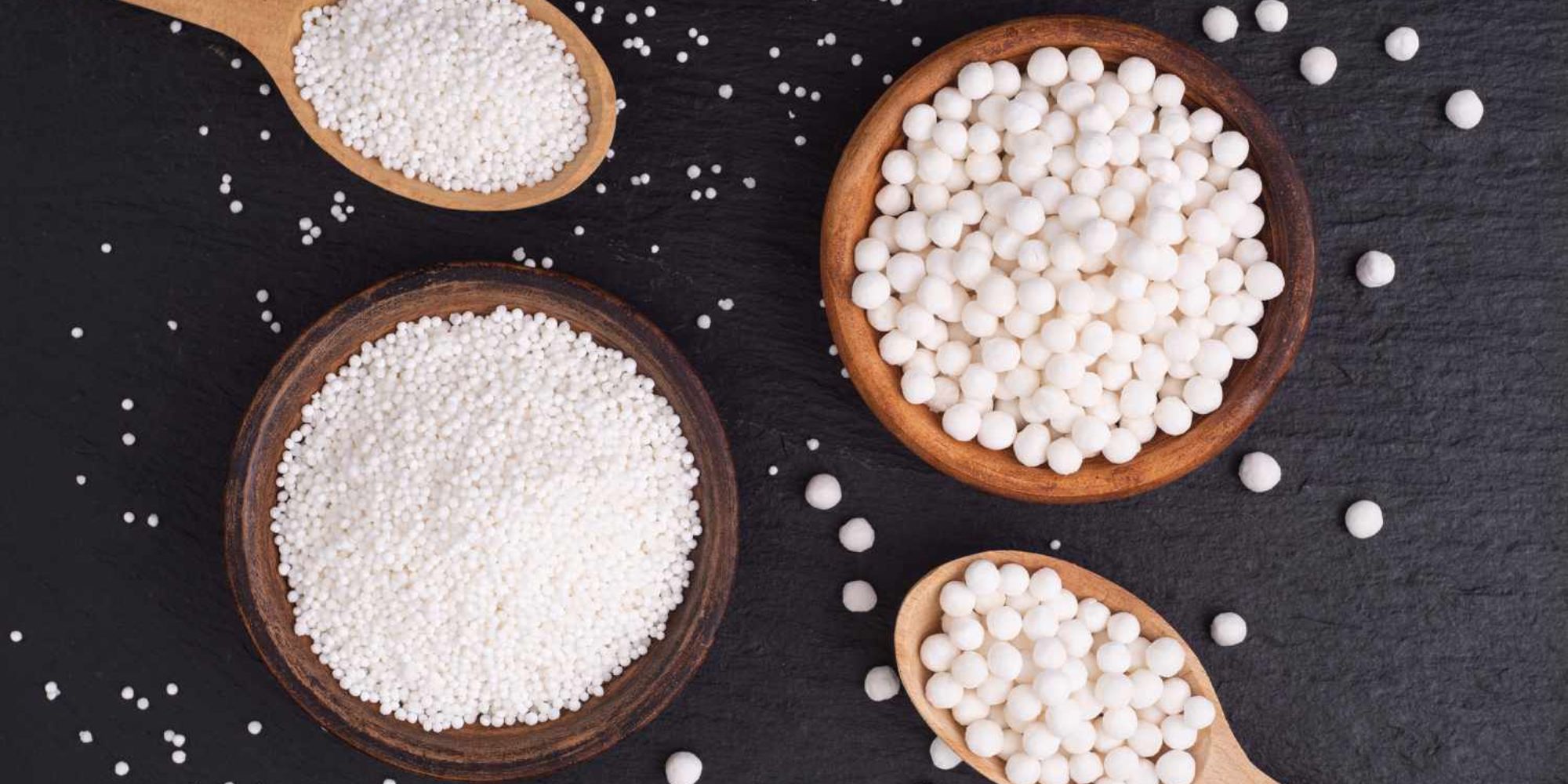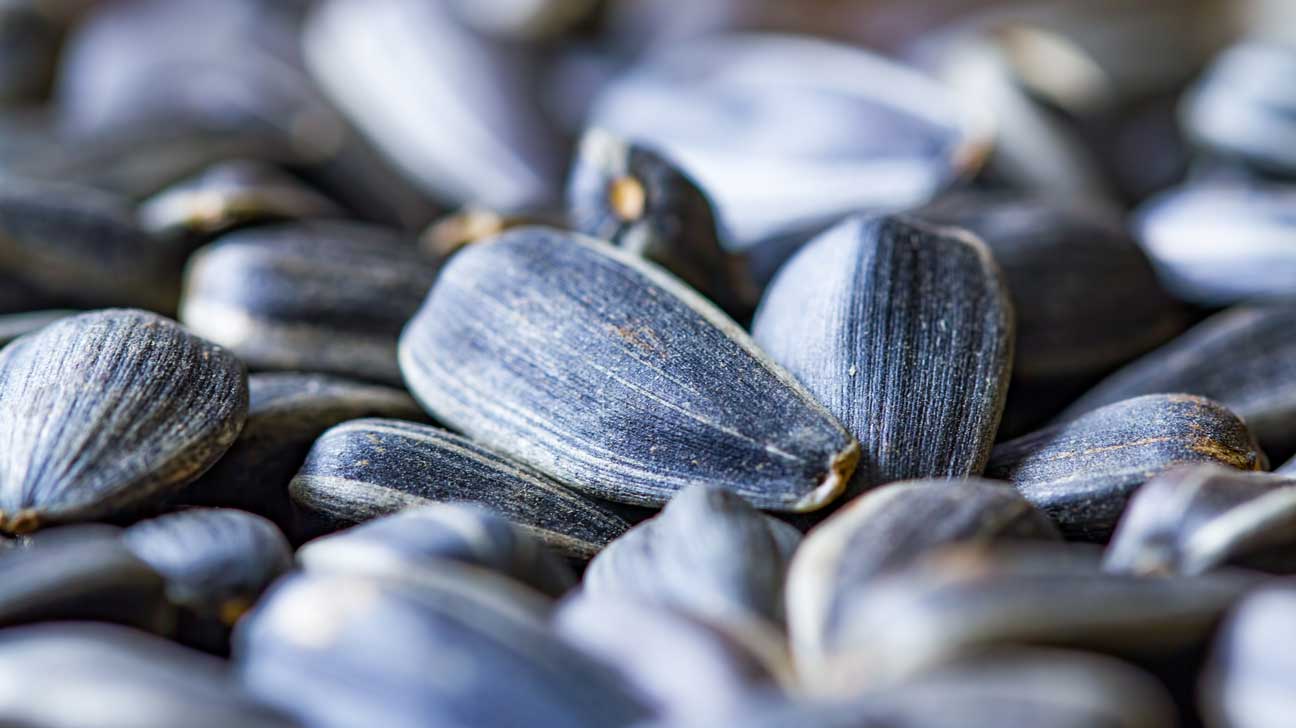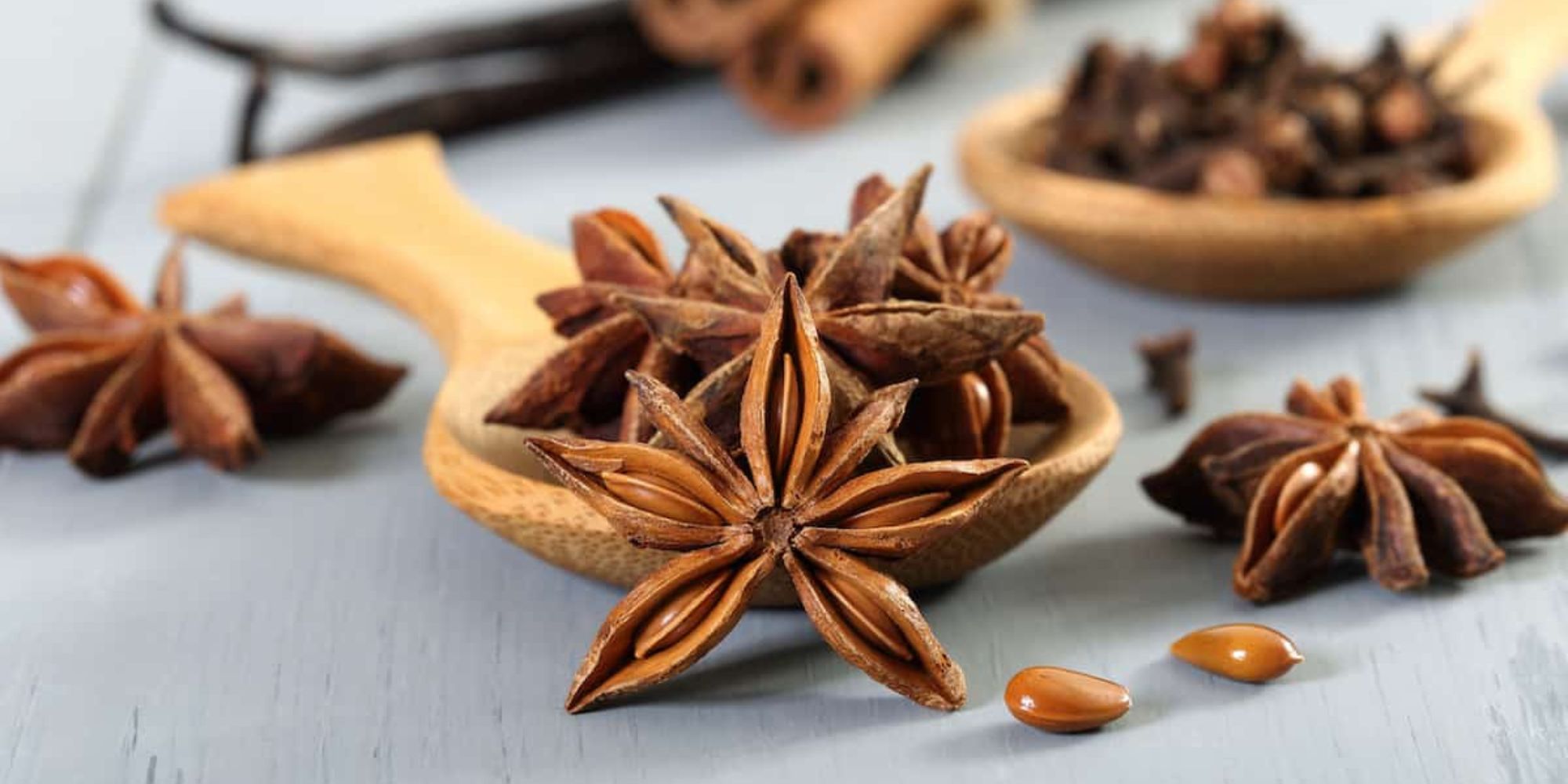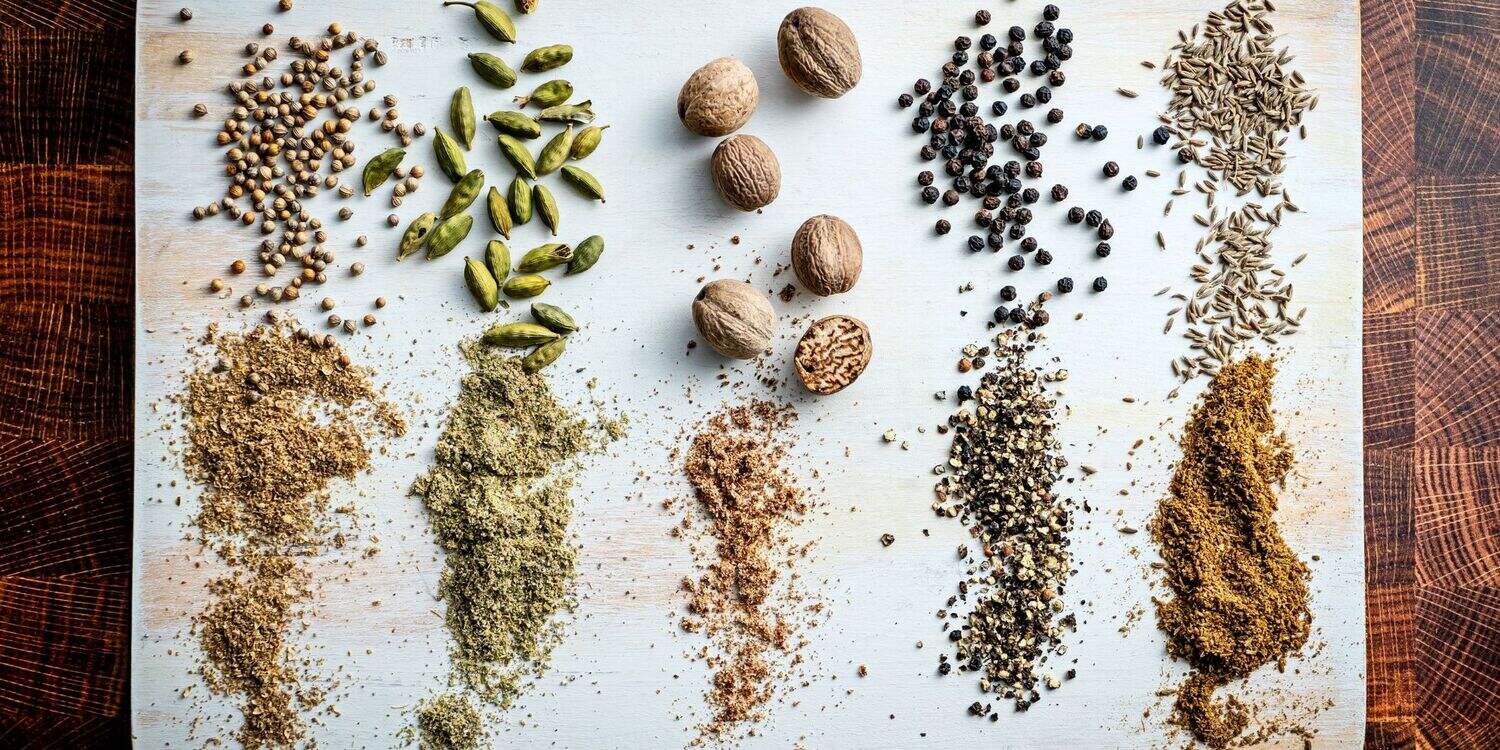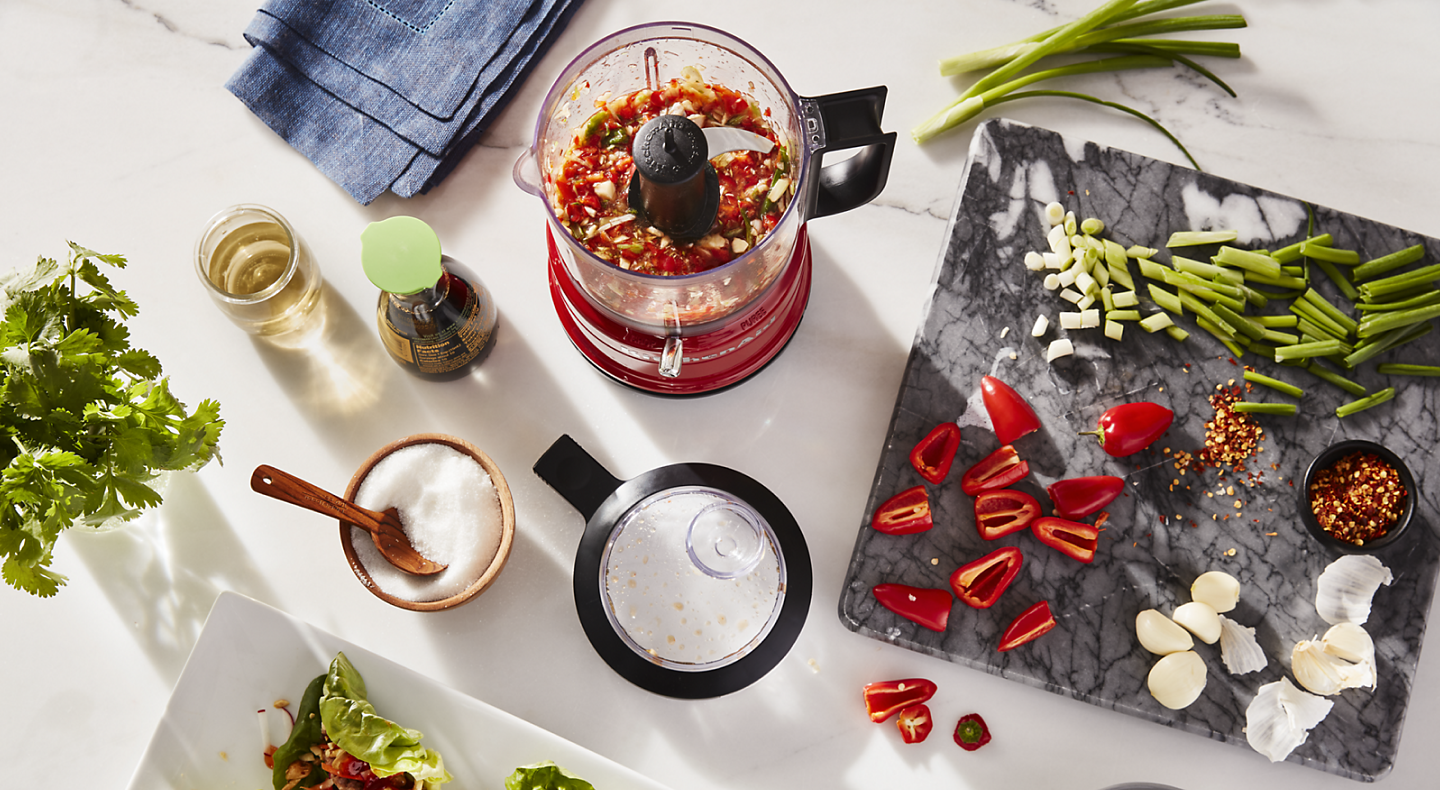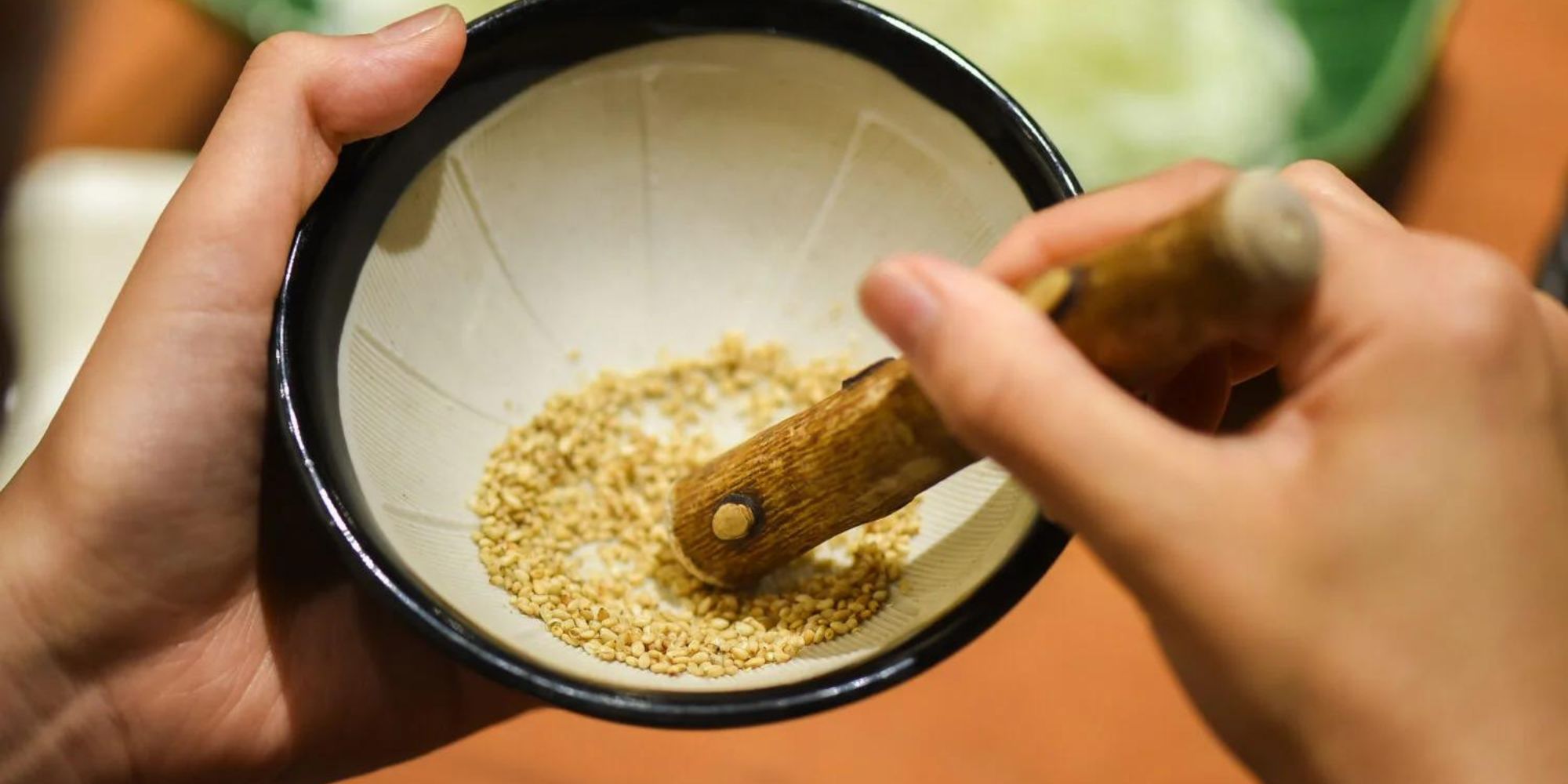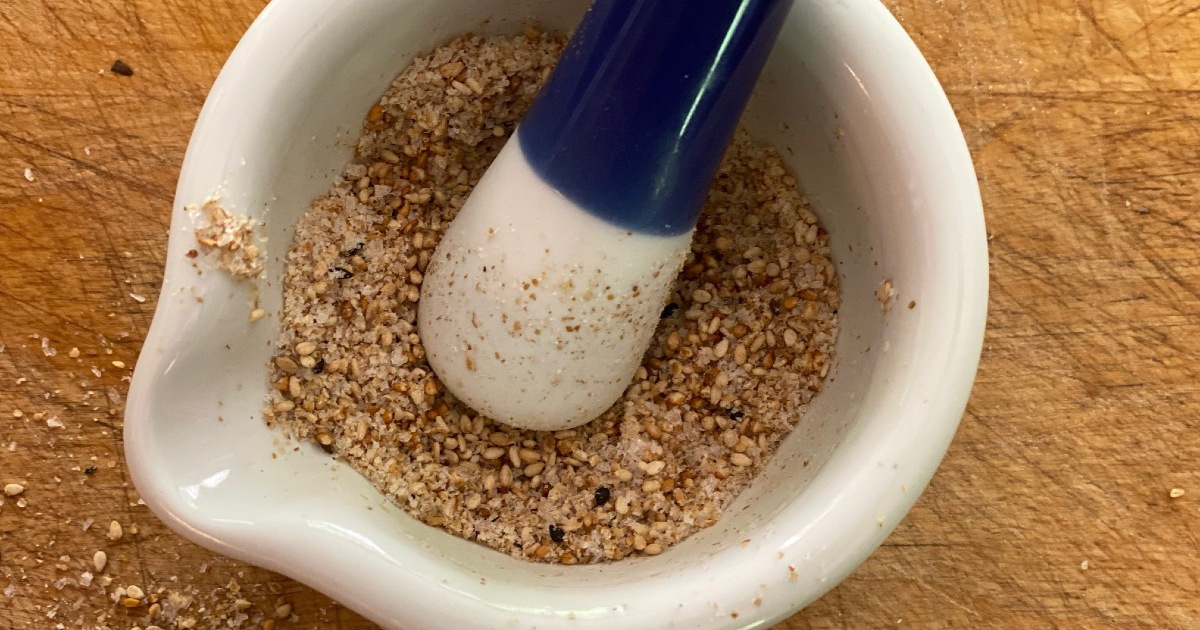Grinding Teff Grains: A Nutritious and Versatile Option
Are you looking to add a nutritious and gluten-free grain to your diet? Teff, a tiny grain native to Ethiopia, is a great option. It’s packed with essential nutrients and has a delightful nutty flavor. One of the best ways to incorporate teff into your diet is by grinding the grains into flour. In this guide, we’ll walk you through the process of grinding teff grains at home, so you can enjoy all the benefits this superfood has to offer.
What You’ll Need
Before you start grinding teff grains, gather the following supplies:
- Teff grains
- A high-quality grain mill or a sturdy blender
- A fine mesh sieve
- Airtight containers for storing the flour
The Grinding Process
Now that you have everything you need, it’s time to start grinding your teff grains. Follow these simple steps:
- Clean the teff grains: Before grinding, make sure to remove any debris or impurities from the teff grains. You can do this by rinsing them in a fine mesh sieve under running water.
- Dry the grains: Once the teff grains are clean, spread them out on a baking sheet and allow them to dry completely. This step is crucial to ensure that the grains grind evenly.
- Grind the teff: If you’re using a grain mill, follow the manufacturer’s instructions for grinding small grains. If you’re using a blender, grind the teff in small batches, pulsing the blender to achieve a fine flour-like consistency.
- Sift the flour: After grinding, sift the teff flour through a fine mesh sieve to remove any coarse particles. This will result in a finer, more uniform flour.
- Store the flour: Transfer the freshly ground teff flour to airtight containers and store them in a cool, dry place away from direct sunlight. Proper storage will help maintain the freshness and quality of the flour.
Using Teff Flour
Now that you have freshly ground teff flour, you can explore a variety of culinary possibilities. Teff flour can be used to make delicious pancakes, bread, muffins, and even injera, a traditional Ethiopian flatbread. Its nutty flavor and fine texture make it a versatile ingredient for both sweet and savory recipes.
The Nutritional Benefits of Teff
Aside from its culinary versatility, teff is also a nutritional powerhouse. It’s rich in essential nutrients, including iron, calcium, and protein. Additionally, teff is gluten-free, making it an excellent choice for individuals with gluten sensitivities or celiac disease.
By grinding teff grains at home, you can ensure that you’re getting the freshest and most nutrient-dense flour possible. Plus, it’s a rewarding way to connect with the ancient tradition of using whole grains in cooking.
Conclusion
Grinding teff grains at home is a simple process that allows you to enjoy the nutritional benefits and culinary delights of this ancient grain. With the right equipment and a bit of patience, you can create your own teff flour to elevate your baking and cooking endeavors. So, why not give it a try and experience the goodness of freshly ground teff flour in your favorite recipes?
Whether you’re a seasoned baker or a curious food enthusiast, grinding teff grains opens up a world of possibilities in the kitchen. Embrace the tradition and taste the difference with freshly ground teff flour!
Grinding teff grains opens up a whole new world of gluten-free recipes that readers can experiment with. They might want to start with Gluten-Free Teff Flour Pancakes, which are a great introduction to using teff flour in breakfast dishes. Traditional Ethiopian Injera is another must-try, offering a taste of authentic Ethiopian cuisine. For those with a sweet tooth, Teff Flour Banana Bread and Chocolate Teff Flour Brownies are excellent choices, providing a delicious way to enjoy the unique flavor of teff. Finally, Teff Flour Tortillas can add a nutritious twist to your favorite wraps and tacos. These recipes not only highlight the versatility of teff flour but also make the grinding process truly rewarding.
